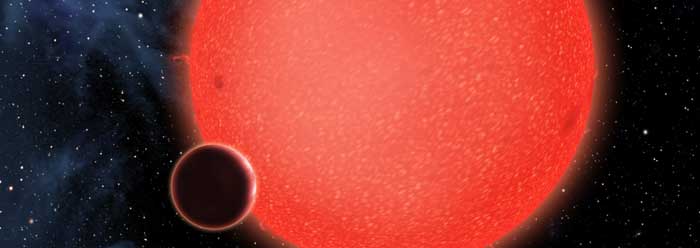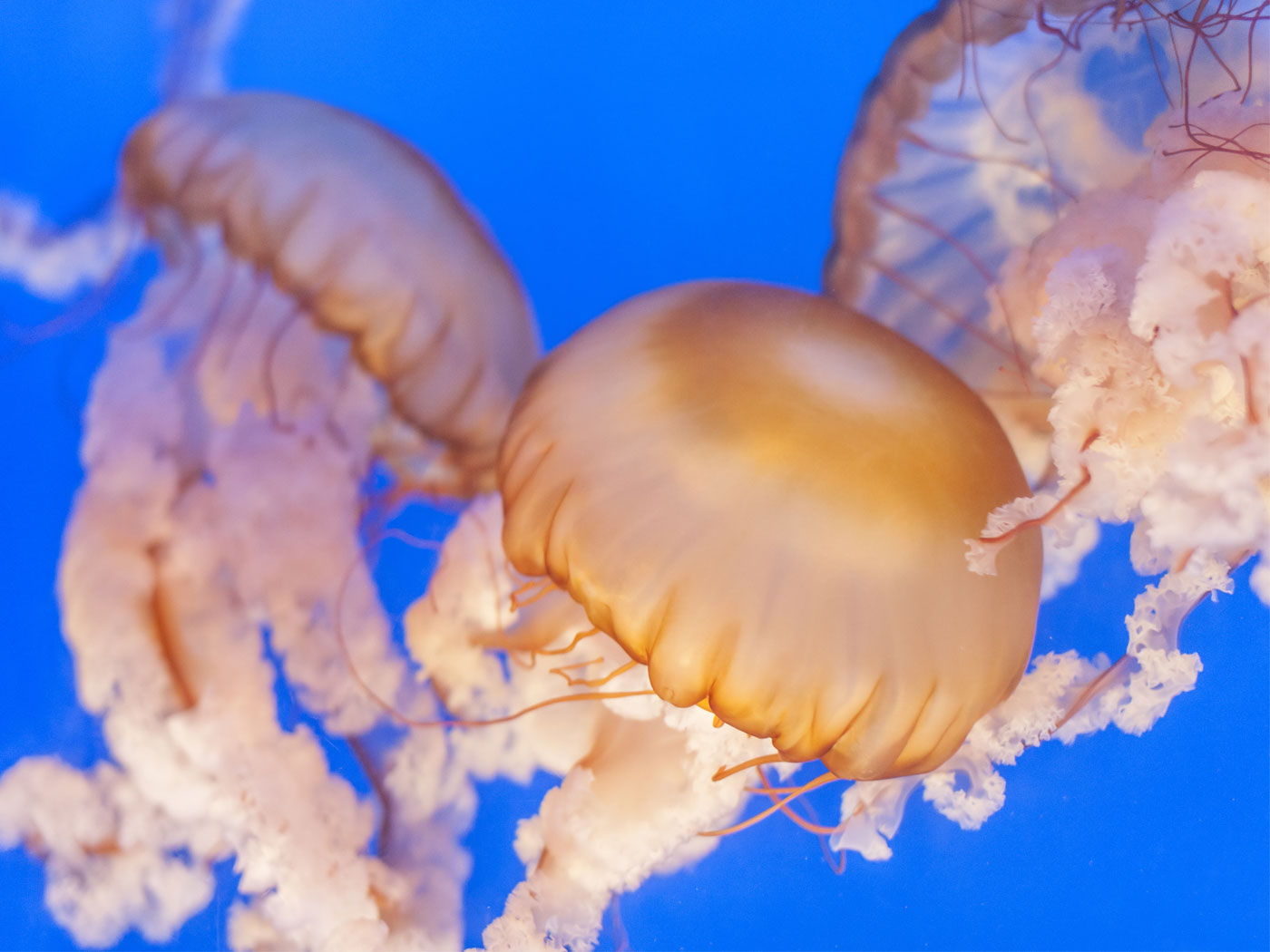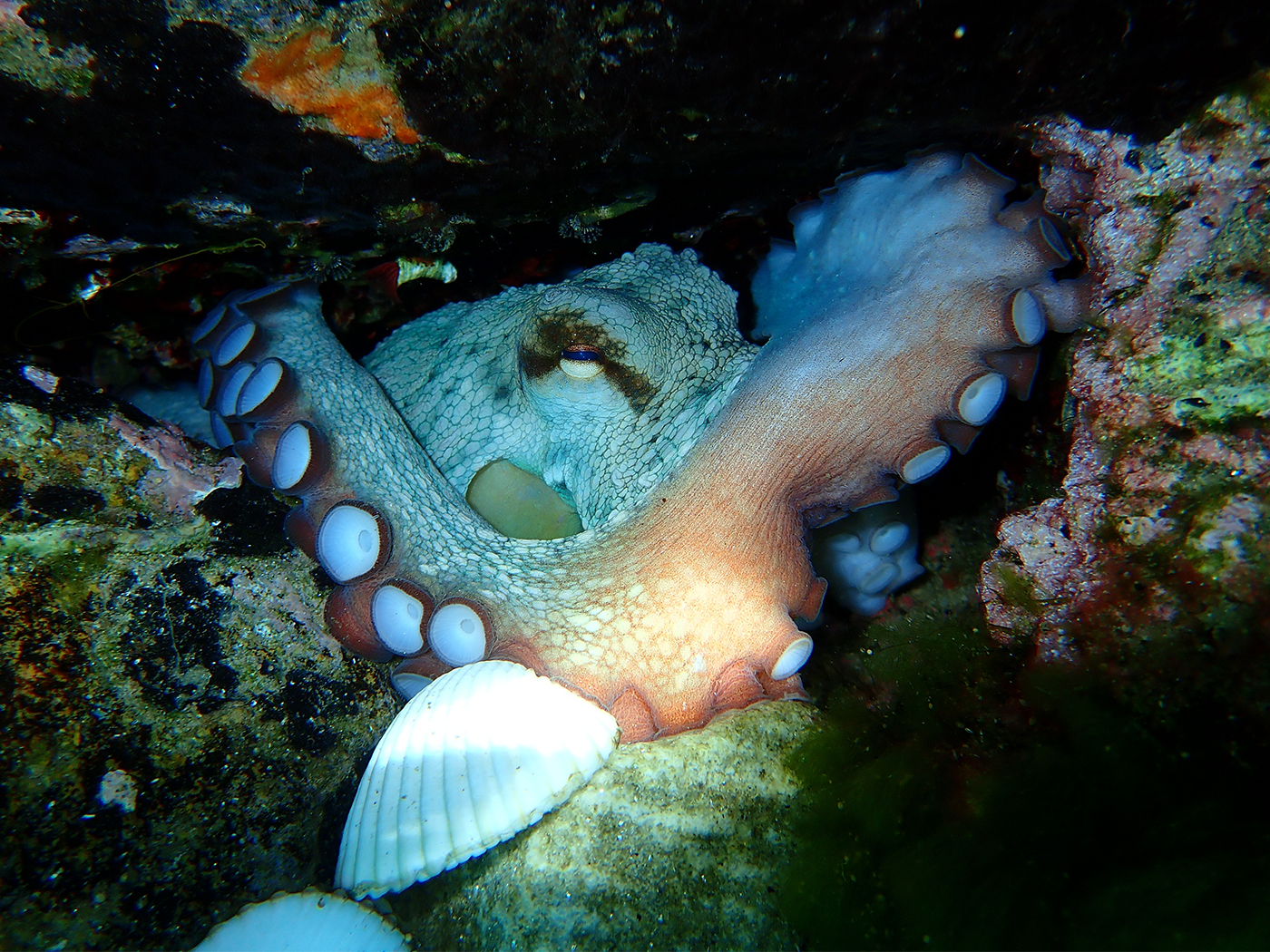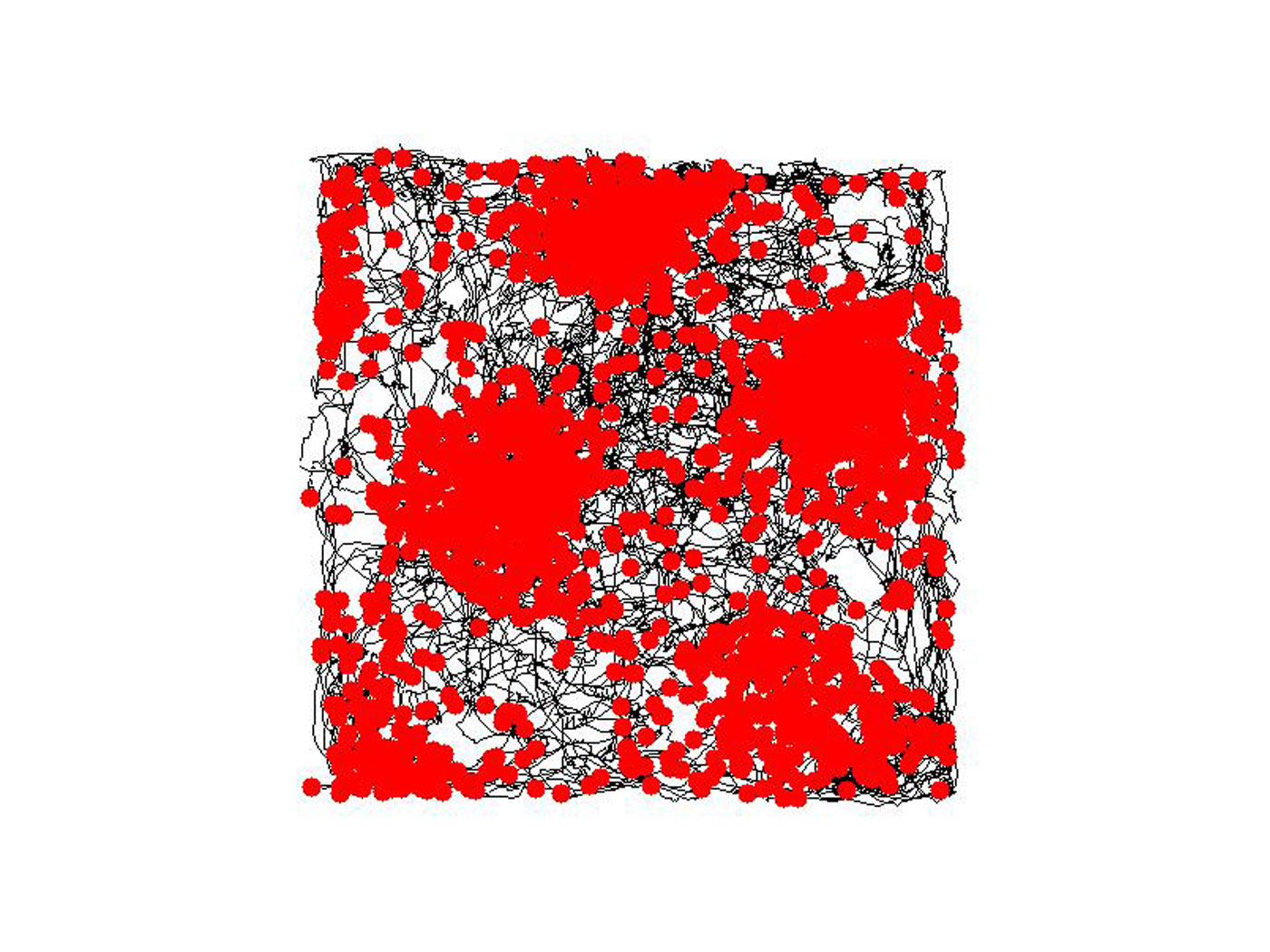A new analysis detailing the atmosphere of GJ 1214b—a planet located about 40 light years from earth and one that researchers have studied since 2009—appeared in the March issue of The Astrophysical Journal. According to Harvard-Smithsonian Center for Astrophysics scientist and lead author Zachory Berta, "GJ1214b is like no planet we know of. A huge fraction of its mass is made up of water."1
By analyzing its motion and size, astronomers were able to calculate the planet's density. If it were mostly water, that would explain why its mass is only seven times more than the earth's, even though it is about 2.7 times larger. It would be 20 times the earth's mass if it had earth's higher density.
Berta and his colleagues used the Hubble telescope to deduce that GJ 1214b's atmosphere is more like a steam bath than a dusty haze: "It orbits a red-dwarf star every 38 hours at a distance of 1.3 million miles, giving it an estimated temperature of 450° Fahrenheit."1 In contrast, earth is about 92 million miles away from the sun and has an average surface temperature of 57.2 degrees Fahrenheit.
A 2011 study of the GJ 1214b atmosphere reported that the planet orbits "a relatively bright" red-dwarf.2 How long would it take for the solar wind from a bright star to blow away water vapor from such a nearby planet? And how long would it take for the sheer heat of GJ 1214b to eject water vapor from its atmosphere into nearby space, especially considering its fast orbit?
The scientific literature typically does not ask questions like these. If planet GJ 1214b is as watery as astronomers say, then it presents a challenging puzzle for those determined to assign it an evolutionary age of millions or billions of years.
References
- Hubble Reveals a New Type of Planet. Harvard-Smithsonian Center for Astrophysics press release, February 21, 2012, reporting on research published in Berta, Z. K. et al. 2012. The Flat Transmission Spectrum of the Super-Earth GJ1214b from Wide Field Camera 3 on the Hubble Space Telescope. The Astrophysical Journal. 747 (1).
- Kempton, E. M-R., K. Zahnle and J. J. Fortney. 2012. The Atmospheric Chemistry of GJ 1214b: Photochemistry and Clouds. The Astrophysical Journal. 745 (1).
Image credit: David A. Aguilar (CfA). Adapted for use in accordance with federal copyright (fair use doctrine) law. Usage by ICR does not imply endorsement of copyright holders.
* Mr. Thomas is Science Writer at the Institute for Creation Research.
Article posted on April 4, 2012.
























